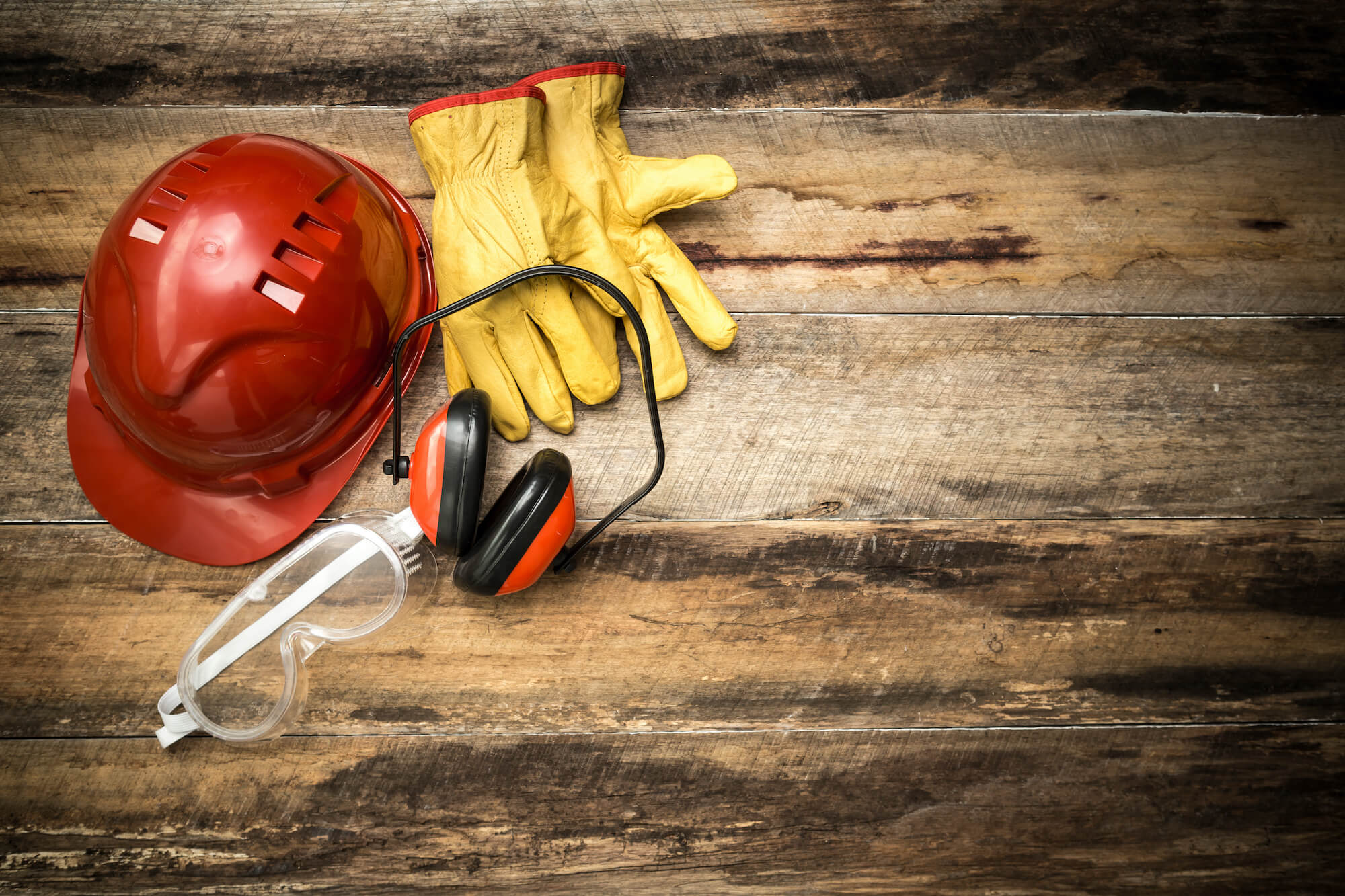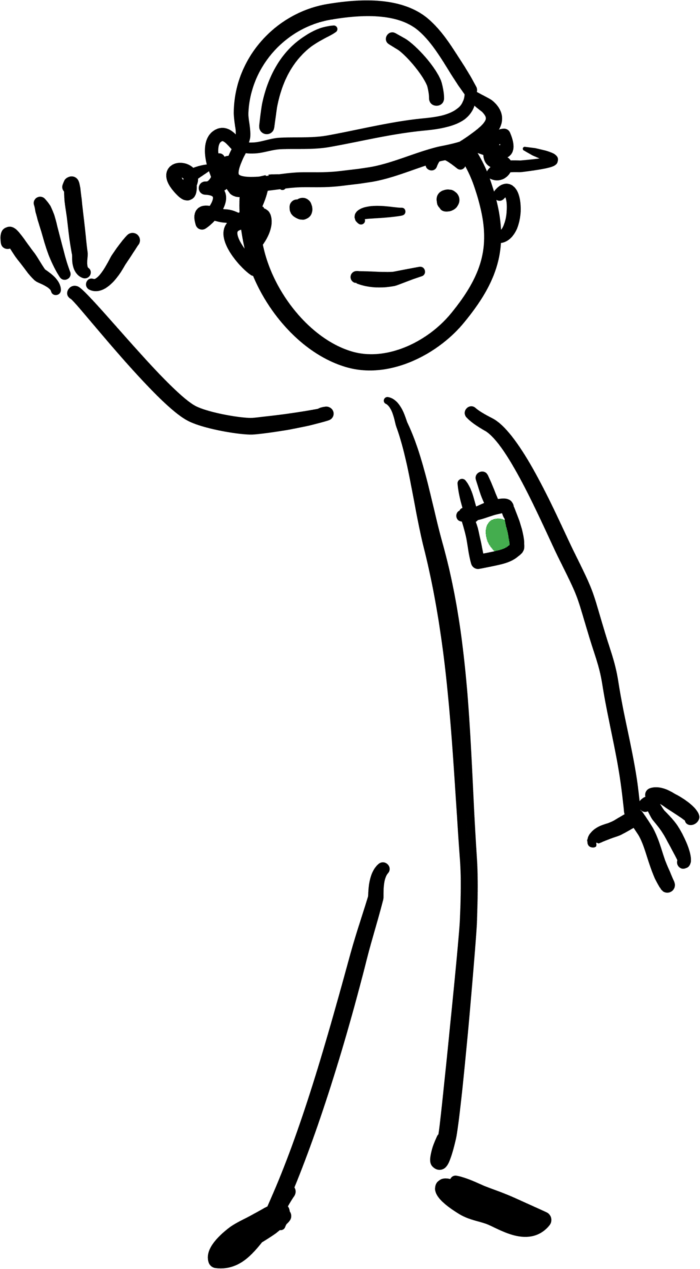 In 2018, over 1000 workplace fatalities occurred in Canada. A commitment to safety in the workplace, and dedication to ensuring the wellbeing of both workers and patrons is essential for any business. Having a comprehensive safety plan, whether in the workplace or at home, helps you recognize when safety measures have been ignored or have not been implemented. If safety protocols were not in place, it is especially apparent when we investigate fires, accidents, and component or structural failures. We can determine if a fire was caused by a lamp being too close to flammable material, or whether a tripping accident could have been avoided if the stairs had been properly constructed. Additionally, we have the ability to ascertain when vehicle restraints are being worn and if speed limits were exceeded during a collision, if safeguards on machinery are present to prevent serious injury or illness, or if a pre-work inspection of a ladder would have prevented a collapse.
In 2018, over 1000 workplace fatalities occurred in Canada. A commitment to safety in the workplace, and dedication to ensuring the wellbeing of both workers and patrons is essential for any business. Having a comprehensive safety plan, whether in the workplace or at home, helps you recognize when safety measures have been ignored or have not been implemented. If safety protocols were not in place, it is especially apparent when we investigate fires, accidents, and component or structural failures. We can determine if a fire was caused by a lamp being too close to flammable material, or whether a tripping accident could have been avoided if the stairs had been properly constructed. Additionally, we have the ability to ascertain when vehicle restraints are being worn and if speed limits were exceeded during a collision, if safeguards on machinery are present to prevent serious injury or illness, or if a pre-work inspection of a ladder would have prevented a collapse.
Many of our files each year revolve around safety. Whether it is ensuring the structural integrity of a building, or investigating the cause of a  fire. The codes and standards in place within different jurisdictions in Canada can be difficult to navigate, so having technical eyes on an event to help determine where things went wrong can be incredibly important. Additionally, our engineers receive industry-recognized safety training specific to their area of expertise to ensure their safety when on assignment in the field. To facilitate safety on sites, engineers are asked to Stop and Think before commencing an investigation by completing a Field Level Hazard Assessment (FLHA) to identify, assess and control potential hazards. These processes also help us when determining where the safety issue began. If an incident happened because there were no safeguards in place, or if those safeguards were ignored or violated, an engineering opinion then helps the insurance community to determine liability, identify subrogation potential, and even determine future underwriting requirements.
fire. The codes and standards in place within different jurisdictions in Canada can be difficult to navigate, so having technical eyes on an event to help determine where things went wrong can be incredibly important. Additionally, our engineers receive industry-recognized safety training specific to their area of expertise to ensure their safety when on assignment in the field. To facilitate safety on sites, engineers are asked to Stop and Think before commencing an investigation by completing a Field Level Hazard Assessment (FLHA) to identify, assess and control potential hazards. These processes also help us when determining where the safety issue began. If an incident happened because there were no safeguards in place, or if those safeguards were ignored or violated, an engineering opinion then helps the insurance community to determine liability, identify subrogation potential, and even determine future underwriting requirements.
For example, if a combine fire occurs while in operation, was there a maintenance issue, or was the wiring routed improperly? If the operator had stopped to clear debris from the tractor, would that have prevented the fire? Perhaps a store patron is caught in an automatic door; was the door installed correctly? Was the clearance sufficient? Perhaps there were other maintenance issues that caused it to close unexpectedly. Our engineers are often asked to examine the circumstances surrounding a loss, and this leads us down the path of safety concerns. Sometimes, all the safety hazards are properly mitigated while on site, and the degradation of an unseen part is the cause of an incident. And sometimes, the safety protocols are ignored, and disaster ensues.
Building a strong Safety Culture in any organization requires diligence, understanding and continual learning. Everyone needs to be onboard with safety objectives, policies and procedures to have success, and this starts at the top. Strong leadership, commitment and consistency are fundamental to ensure the safety of company resources and clients alike. At CEP, we believe that our safety culture is fundamental to success, and we strive to ensure that our employees exemplify the best industry practices.
